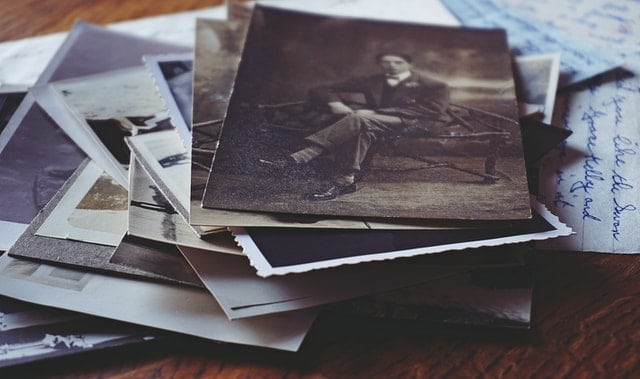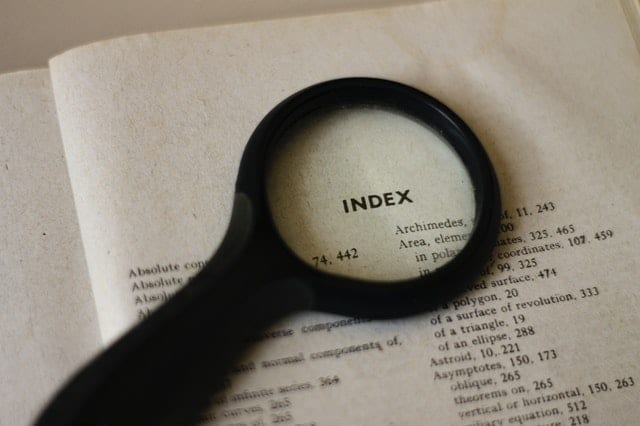
Writer Tips: 7 “Must-Have” Elements in a Nonfiction Book
WRITER TIPS: 7 “MUST-HAVE” ELEMENTS IN A NONFICTION BOOK
When you think of nonfiction, what comes to mind? Memoirs and autobiographies? Text books or guides?
In reality, the genre of nonfiction encompasses a vast range. And basically, the only element that ties this classification together is that it presents fact.
As Wikipedia defines it, “Nonfiction is any document or media content that intends, in good faith, to present only truth and accuracy regarding information, events, or people.”
As such, your nonfiction work might be a textbook for a medical specialty, a how-to on starting your own business, a self-help book based on your personal experience, or a project about your family’s genealogy.
More likely, it’s none of the above. The genre is limitless!
The good news is that this also means that there’s no “one way” to write a nonfiction book, and that there aren’t clear guidelines you must follow when penning yours.
That being said, there are a few “must-have” elements that can help you share your message effectively, whether you’re an avid wordsmith who’ll be writing the entire manuscript or more of a “thought producer” who’s happy to hire a ghostwriter to craft the actual copy.
A Writer’s 7 Must-Have Elements of a Nonfiction Book
1. A Clear Premise
Unlike a work of fiction that tells a story, nonfiction presents information. Be sure to clearly spell out your thesis – or main idea – at the beginning of the book.

Is your intent to teach a lesson? Solve a problem? Raise awareness? Share knowledge? Solicit action? Your readers should know your intentions up front.
Throughout the book, then, expand upon your thesis through supporting details that offer your unique perspective.
These details illustrate the thesis and elaborate on it to provide the reader everything there is to know (or at least everything you know, as the author) about the topic.
2. A Clear “Process”
If your nonfiction book proclaims to help the reader solve a problem, be sure to provide a roadmap for exactly how to do that.
Not every nonfiction work will warrant this – if you’re recounting a tale of emigration out of Scotland after the Jacobite Rebellion, for example, it’s not applicable.

But a book promising to help readers quit smoking, become a millionaire, or launch a successful fleet of food trucks should definitely offer tips that can be easily followed.
3. Supporting Statements
Of course, you’re writing this book because you’ve amassed the knowledge regarding your premise and want to share your unique perspective with the world.
Your personal experience is a valuable asset that you can – and should – showcase, especially if your goal is to set yourself up as a thought leader in your industry.

But one of the best ways to convince your readers that you really do know what you’re talking about is to back up your statements.
Use expert opinions and research-based examples to support the thesis. Look to recognized leaders in your field to find statements that support your claims. Prove to your readers that your claims have merit.
This is especially important if your thesis is controversial, or you’ve taken an unconventional view of something.
And always offer a way for your readers to access the examples: Add footnotes or endnotes that credit your sources.
4. Consistent Structure
A clear, cohesive structure to your book is essential. However you choose to organize your thoughts, they need to be presented in a way that makes sense.
For example, a family history might be structured chronologically, while a self-help book might end each autobiographical chapter with a “life lesson” anecdote.
Whatever devices you use to present your story, be consistent. The reader will come to expect a certain flow; if you jump around and change too much, you could confuse them.

And confused readers are likely to stop reading.
5. Visuals
It might sound contradictory, especially coming from a writing blog, but let’s face it: Words aren’t always the most effective way to communicate.
Visual aids – such as graphs, diagrams, photographs, and maps – can help, well, illustrate your research findings and clearly present your data.
Visuals are also a nice break to a wordy passage.

They can act like a pit stop, a break in the action, to give your reader a little respite.
Graphics can provide explanation or definition to help with comprehension. Charts, tables, and graphs can summarize a whole data-heavy section and make complex information more digestible.
If you present, say, a highly scientific discussion of sea level trends over the past 100 years, graphics will help you summarize the data to present your readers with a concise overview they can take in quickly.
For biographical or historical works, photographs can make your words more compelling. Regardless of how well you describe, say, your grandmother’s Model T Ford, your readers will likely find it much more engaging to see an actual photo of the lovely lady standing next to her brand-new wheels.
Depending on the topic, or if photographs are hard to come by, you might find that drawings or illustrations help represent your words.
6. Glossary and Index
Not all nonfiction books are designed as reference materials, so these elements might not apply to your work.
But if your topic is specific to a certain niche or educational in nature, chances are good that the text will use complex concepts or little-known terms.
To avoid alienating your readers, who might not have the background in your specific topic, provide them some clear guidance.

A word glossary at the front of the book and an index of key terms at the back are readers’ aids that will provide reference and context.
7. A Solid Take-Away
What is the purpose of your nonfiction book? Be sure to offer your readers an obvious solution or outcome.
If you don’t have a clearly defined goal for your book, you might have a hard time sticking to the point. Determining the “end game” before ever setting pen to paper will help you stay true to your focus.
Try to come up with one key thing that readers should expect to take away from your book.

Will they finally be able to quit smoking? Know how to start investing their money more wisely? Understand how to grow a garden in their backyard?
Whatever it is, make sure it’s clear before you start writing that there is a clear target audience who would want this outcome, and that you’re not repeating something that is already prevalent in the marketplace.
Whether you aim to teach or inform, conclude your nonfiction book in a way that inspires your readers.
Motivate them to continue along the process you’ve laid out or to read more about the topic you’ve introduced or to take action to connect with the account you’ve chronicled.
Related Content
- 0 Comment
Subscribe to Newsletter
- How Can SharePoint Be Used To Organize and Disseminate SOPs?
- Planning the Perfect Genealogy Research Trip: A Step-by-Step Guide
- From Silly to Awesome: How Words Change Meaning Over Time
- The Psychology of Font Choice: How Typography Impacts Content Engagement
- How to Distribute SOPs for Maximum Usability







